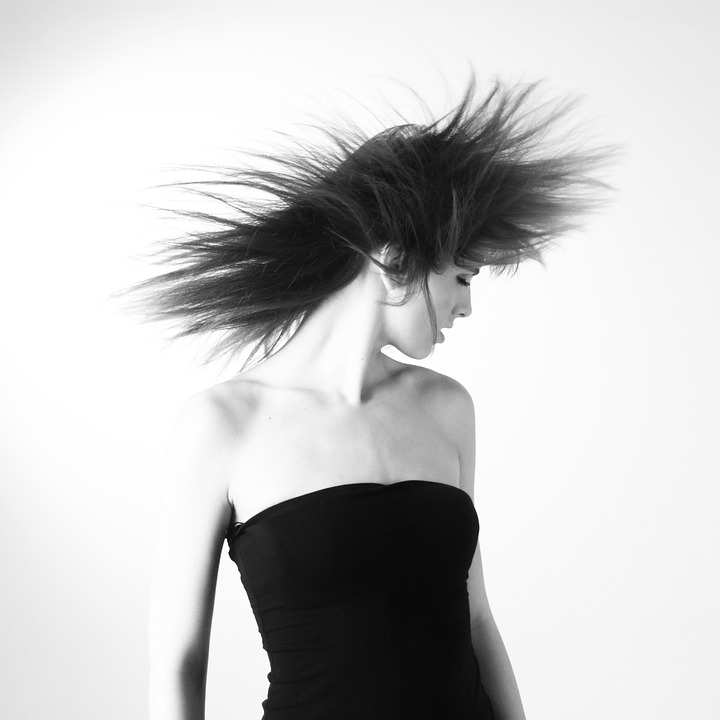The Ultimate Guide to Choosing the Right Makeup Powder for Your Skin
Introduction
Makeup powders are essential for achieving flawless makeup, setting your foundation, and combating shine throughout the day. However, with so many different types of powders available on the market, it can be overwhelming to choose the right one for your specific skin type and concerns. This guide will help you navigate through the variety of makeup powders and find the perfect match for your skin.
Understanding Your Skin Type
Before diving into the world of makeup powders, it’s crucial to understand your skin type. Here are the most common skin types:
- Normal Skin: Neither too dry nor too oily
- Dry Skin: Lacks moisture and tends to feel tight
- Oily Skin: Produces excess oil, often resulting in shine
- Combination Skin: A mix of oily and dry areas on the face
- Sensitive Skin: Easily irritated and prone to redness
Types of Makeup Powders
There are various types of makeup powders available, each offering different benefits. Here are some common types:
1. Pressed Powder
Pressed powders are compact and provide medium to full coverage. They are ideal for touch-ups on the go and work well for normal and combination skin types. They come in a variety of finishes, such as matte, semi-matte, or dewy.
2. Loose Powder
Loose powders come in a jar or container and offer a lightweight, sheer finish. They are perfect for setting makeup, especially for oily skin types, as they help absorb excess oil and reduce shine.
3. Setting Powder
Setting powders are designed to set your foundation and prevent it from smudging or creasing. They typically come in translucent shades and work well for all skin types. They provide a matte finish and help extend the longevity of your makeup.
4. Finishing Powder
Finishing powders are applied after your makeup routine is complete. They provide a smooth, airbrushed effect, blurring imperfections and giving your skin a polished look. They can come in various shades or be translucent.
5. Mineral Powder
Mineral powders contain natural ingredients and are free from harmful chemicals. They offer buildable coverage and are suitable for sensitive and acne-prone skin, as they are non-comedogenic and help absorb excess oil.
Choosing the Right Powder for Your Skin Type
Now that you understand the different types of makeup powders available, let’s focus on selecting the right one for your specific skin type:
1. Normal Skin
Lucky for you, those with normal skin can choose from a wide range of powders. You can opt for pressed powders for medium to full coverage or loose powders for a lightweight finish. If you want to prolong the wear of your makeup, a setting powder will be your best friend.
2. Dry Skin
For dry skin, it’s crucial to avoid powders that can further dehydrate your skin. Look for hydrating or moisturizing powders that contain ingredients like hyaluronic acid or glycerin. Loose powders with a dewy finish or mineral powders can give your skin a healthy glow.
3. Oily Skin
If you have oily skin, opt for oil-controlling powders. Loose powders with a matte finish or mineral powders are perfect for controlling shine throughout the day. Avoid powders that contain shimmer, as they can enhance the appearance of oiliness.
4. Combination Skin
For combination skin, focus on oil-controlling powders for your T-zone and hydrating powders for the drier areas of your face. Setting powders work well to mattify the oily areas, while loose or mineral powders can provide hydration to the dry areas.
5. Sensitive Skin
People with sensitive skin should opt for powders that are labeled as hypoallergenic or formulated for sensitive skin. Loose mineral powders are often a safe choice, as they are gentle and non-irritating. Always perform a patch test before trying a new product.
FAQs
1. How do I apply makeup powder?
To apply makeup powder, use a fluffy brush or a powder puff. Lightly dip the brush or puff into the powder and tap off any excess. Gently sweep or press the powder onto your face, focusing on areas where you want to control shine or set your foundation.
2. How can I prevent my makeup powder from looking cakey?
To prevent your makeup powder from looking cakey, make sure your skin is well-moisturized before application. Use a hydrating primer and apply the powder sparingly, building up gradually if needed. Additionally, opt for finely-milled powders rather than ones with a heavy texture.
3. Can I use one powder for multiple purposes?
Yes, many powders can serve multiple purposes. For instance, a setting powder can also be used for touch-ups throughout the day. Some people even use translucent powders as dry shampoos or on the body to reduce sweat and shine.
4. How often should I replace my makeup powder?
Makeup powders, like any other beauty products, have an expiration date. Typically, powders can last for up to 2 years if stored properly and in a cool, dry place. However, if you notice any changes in the powder’s texture, smell, or performance, it is advisable to replace it.
Conclusion
Choosing the right makeup powder for your skin can make a significant difference in the overall look and longevity of your makeup. Consider your skin type and concerns before investing in a powder. Don’t be afraid to experiment and try different formulas until you find the perfect match. With the information provided in this guide, you are now equipped to make an informed decision and achieve a flawless finish.



